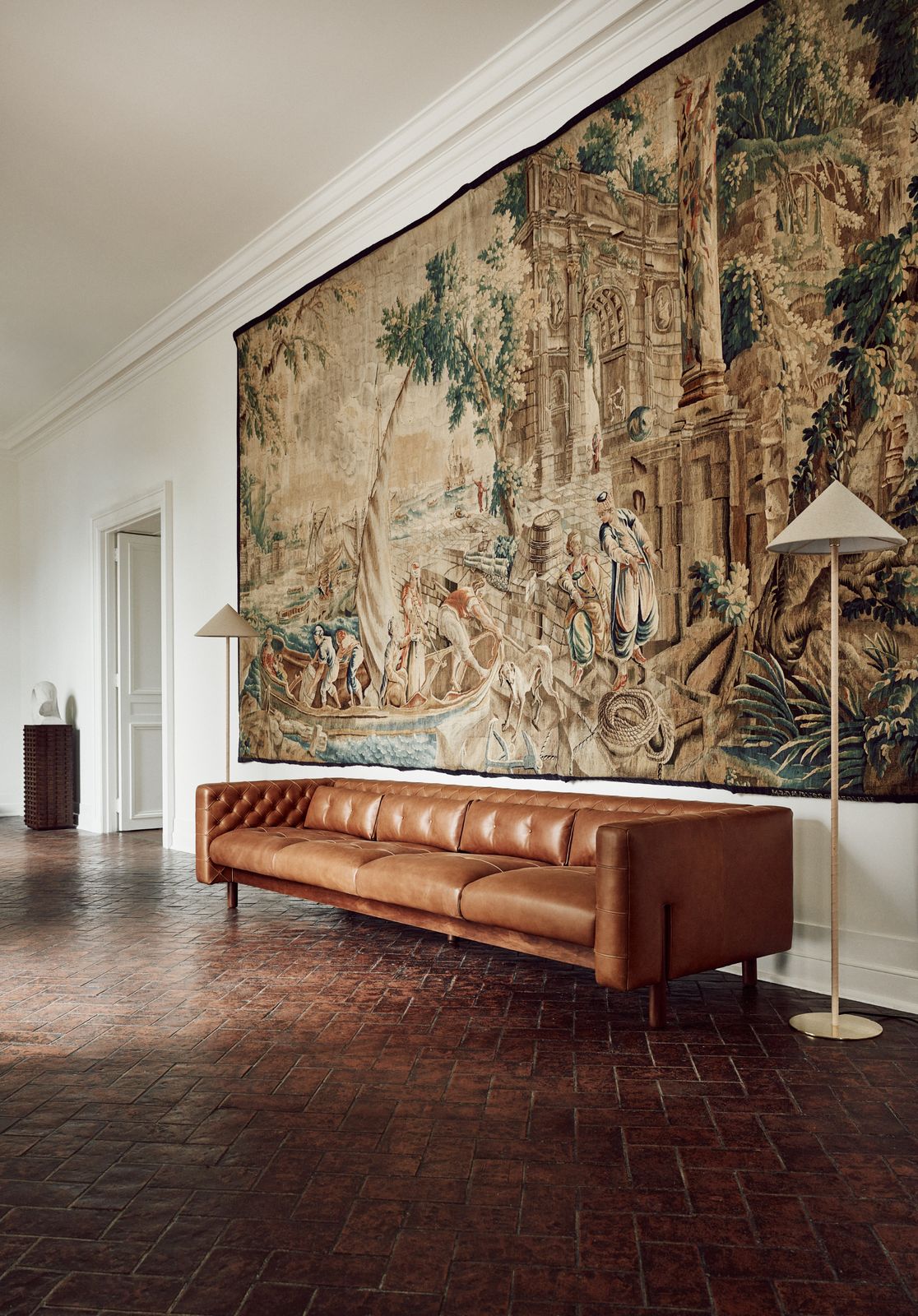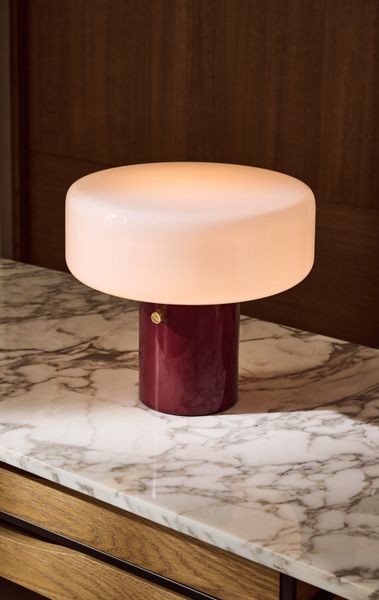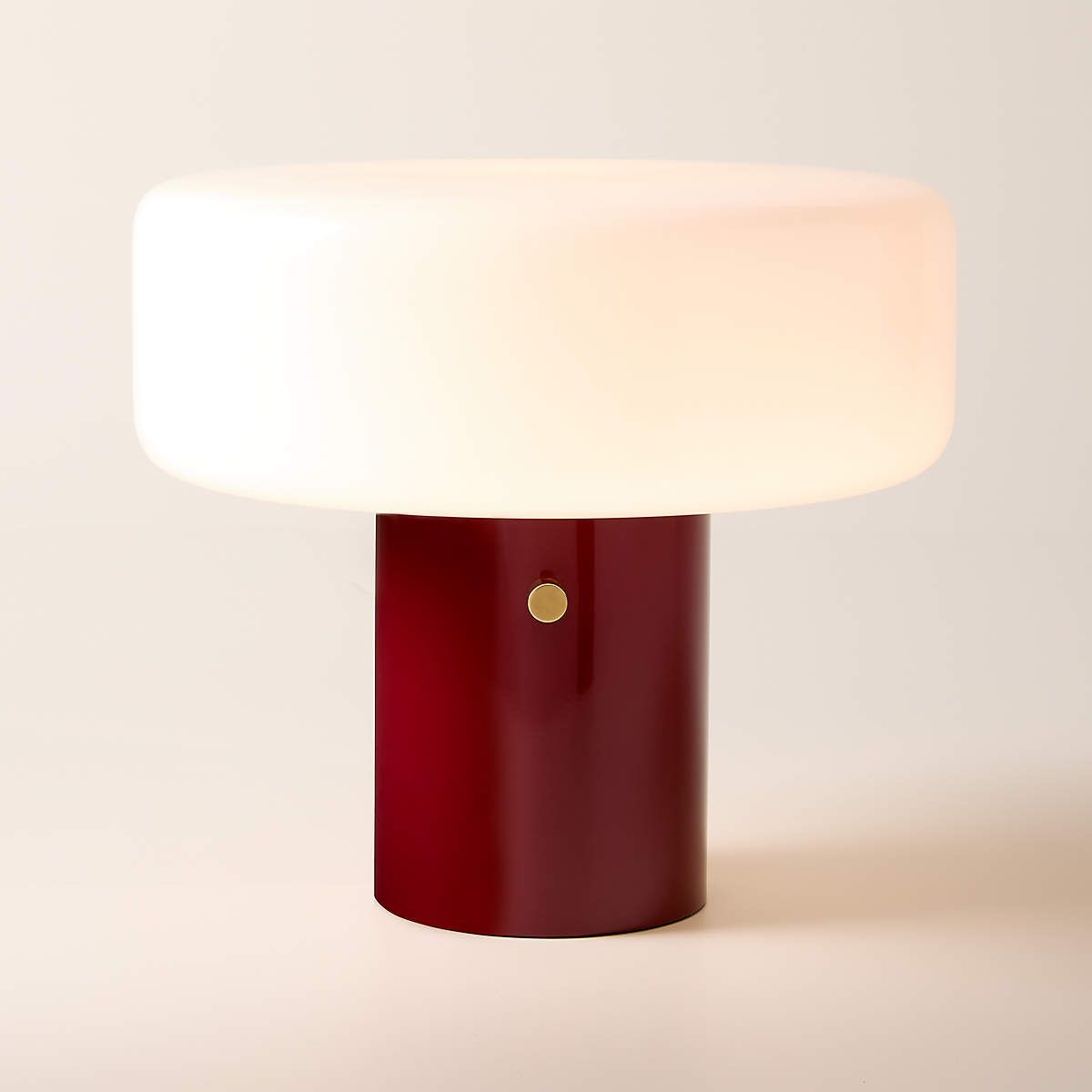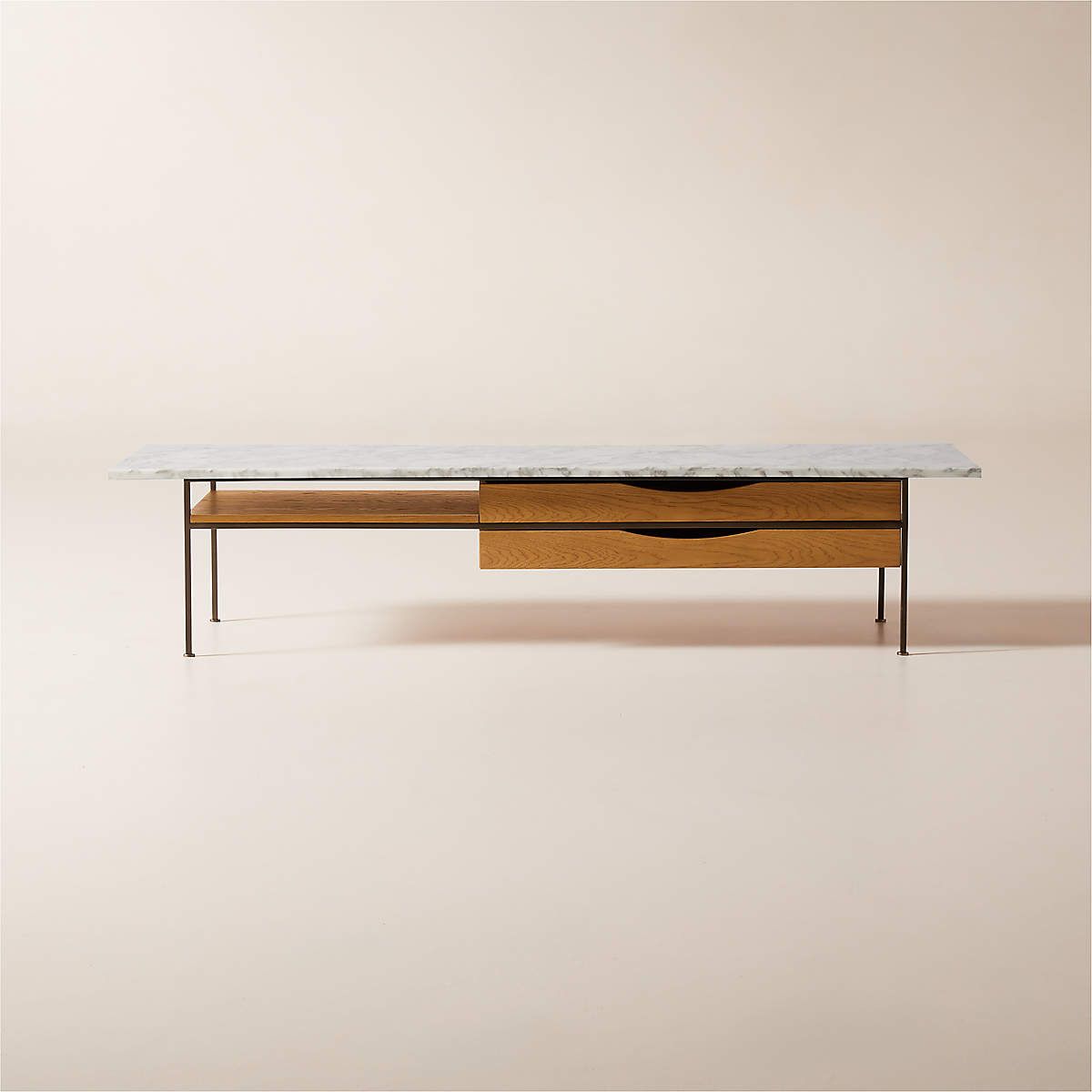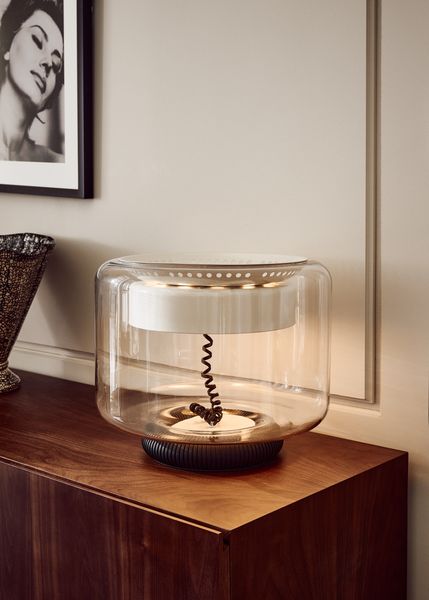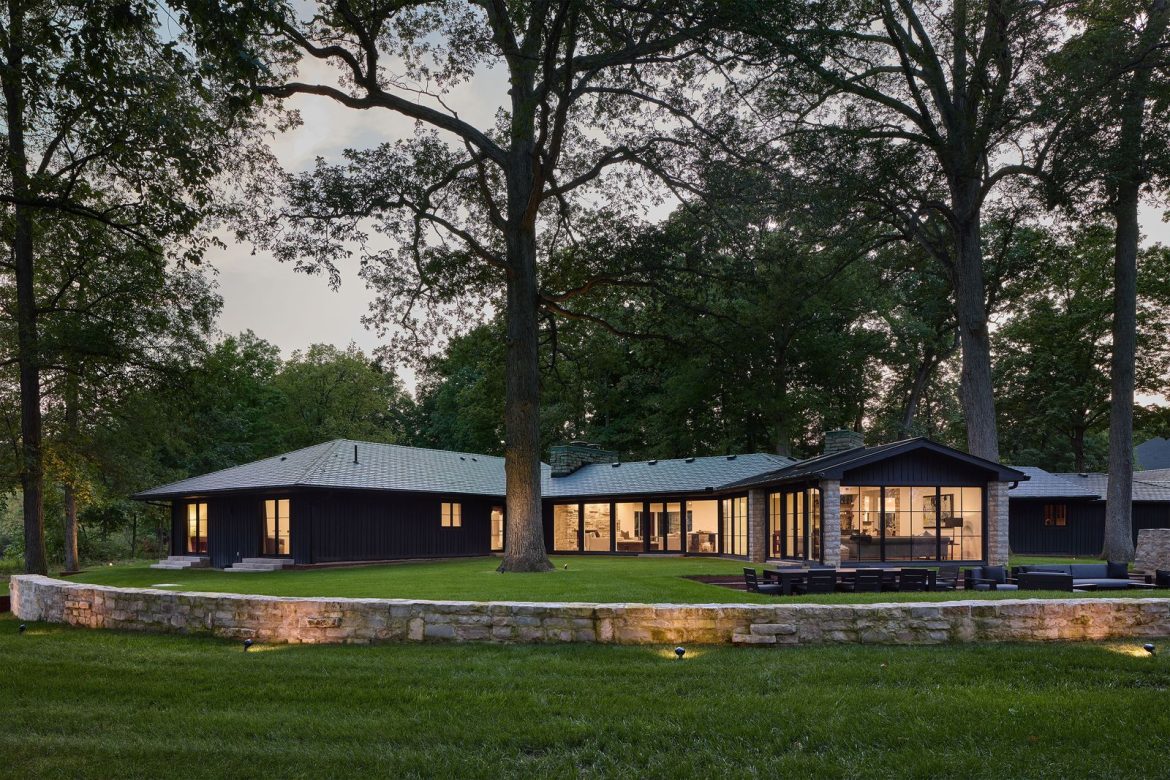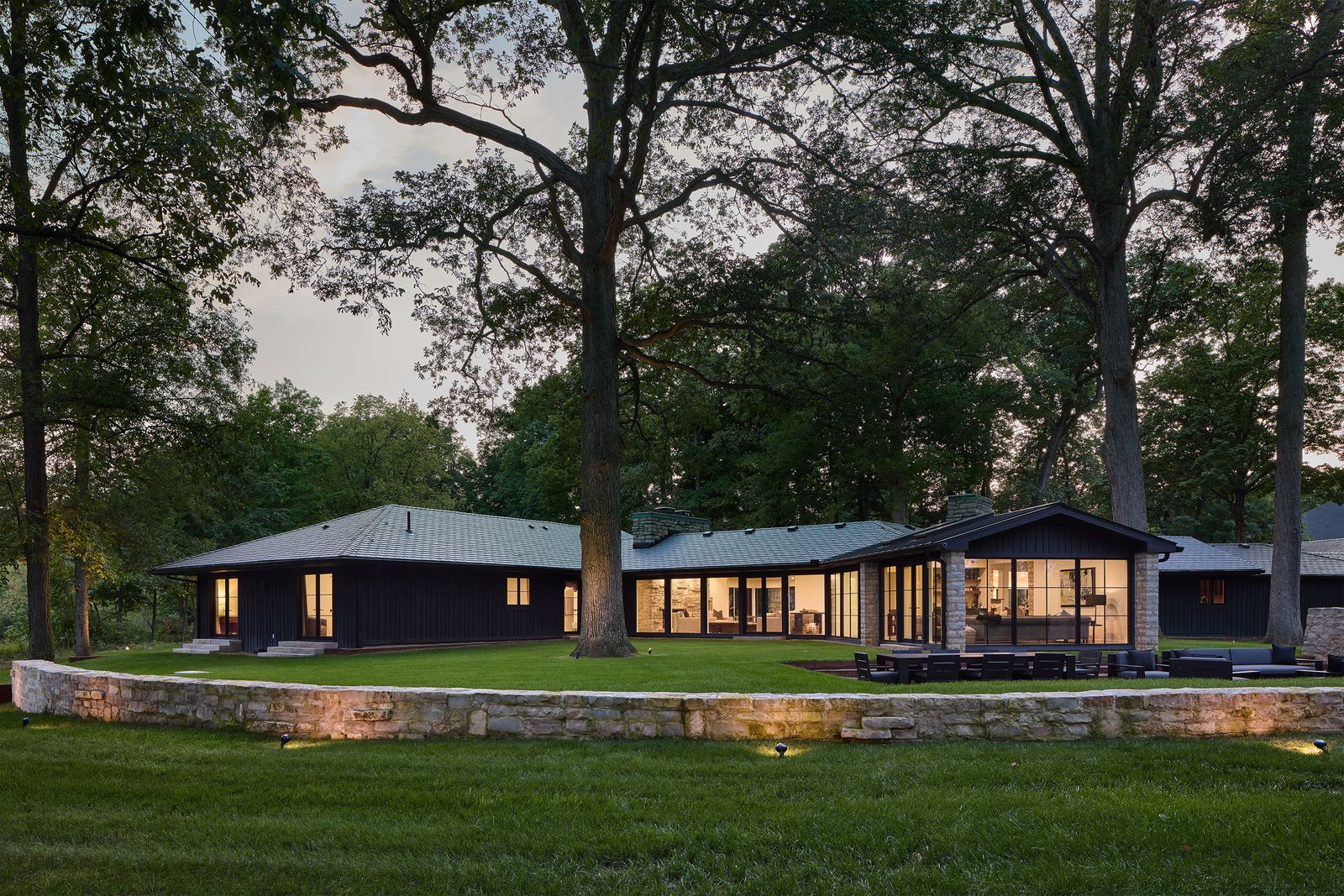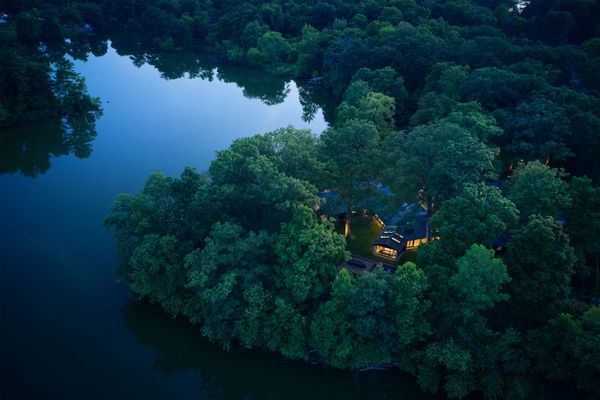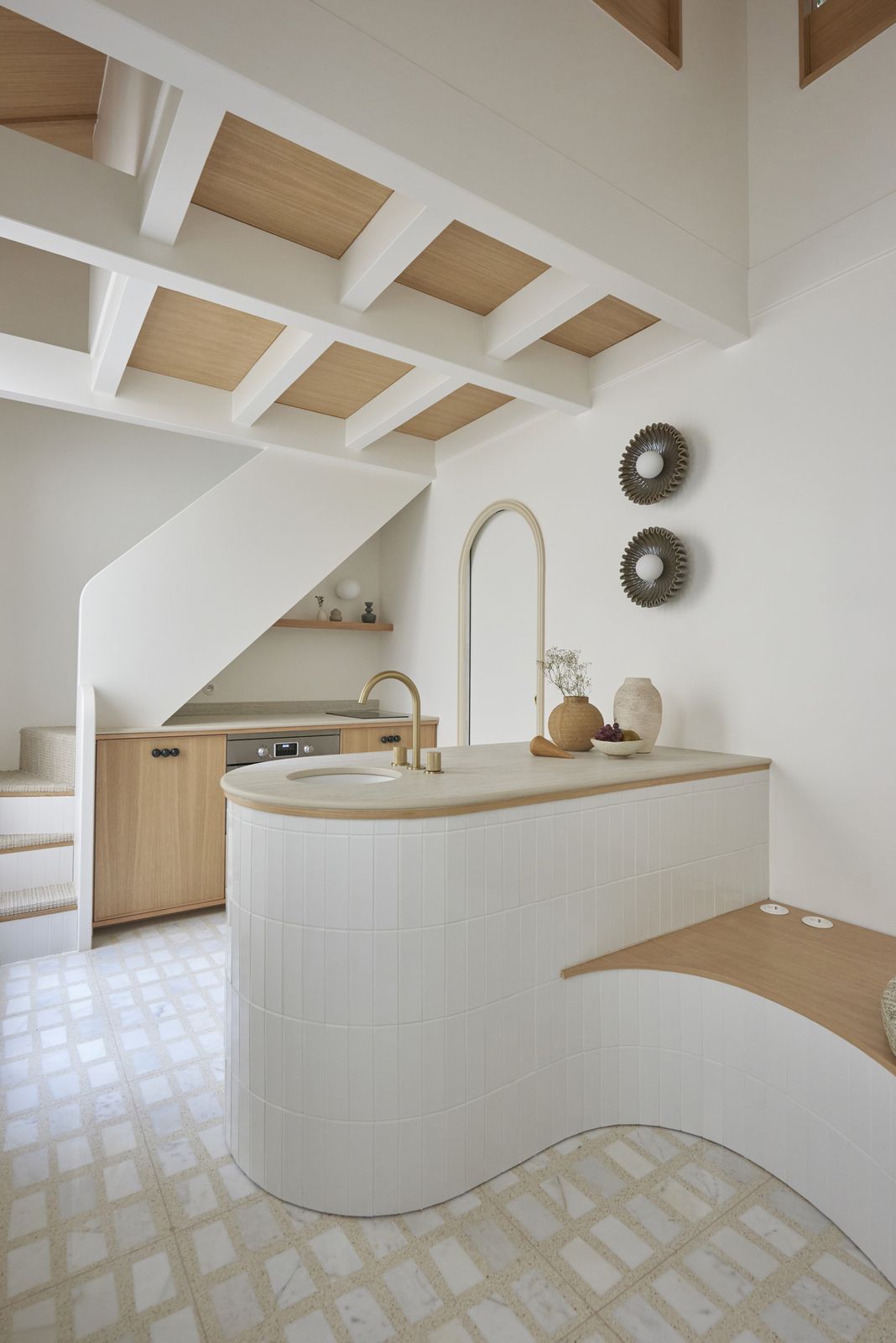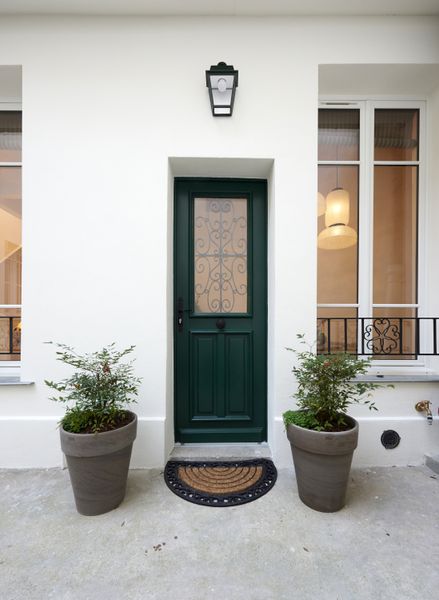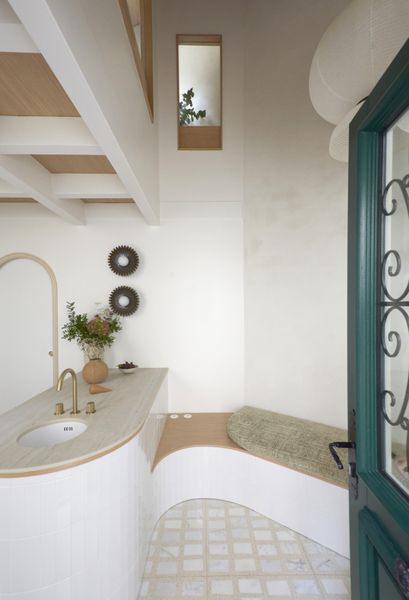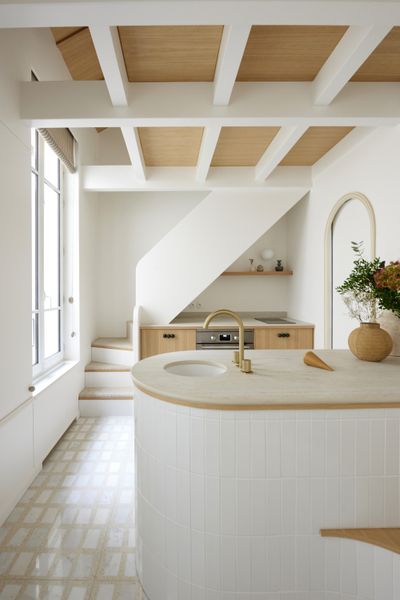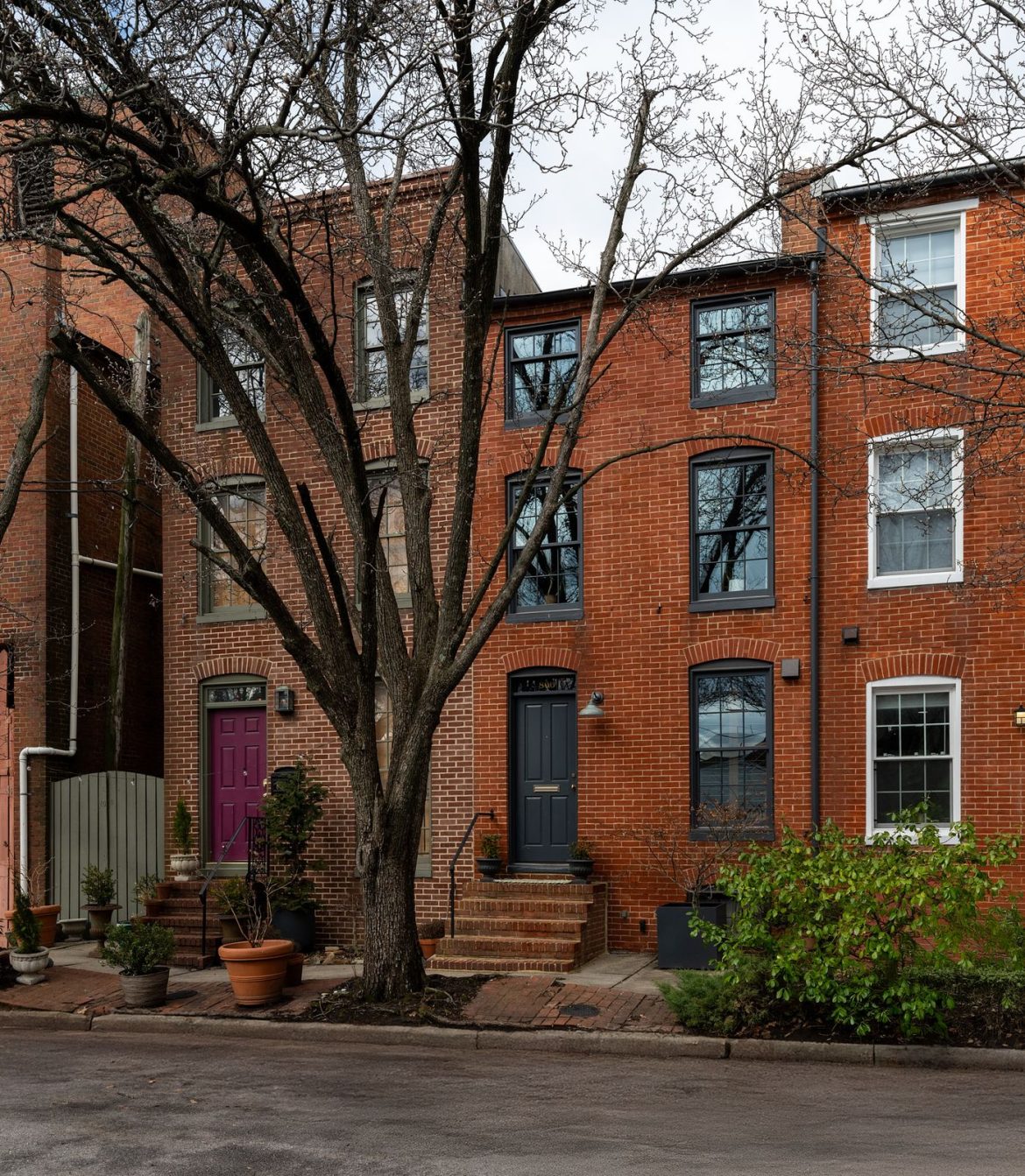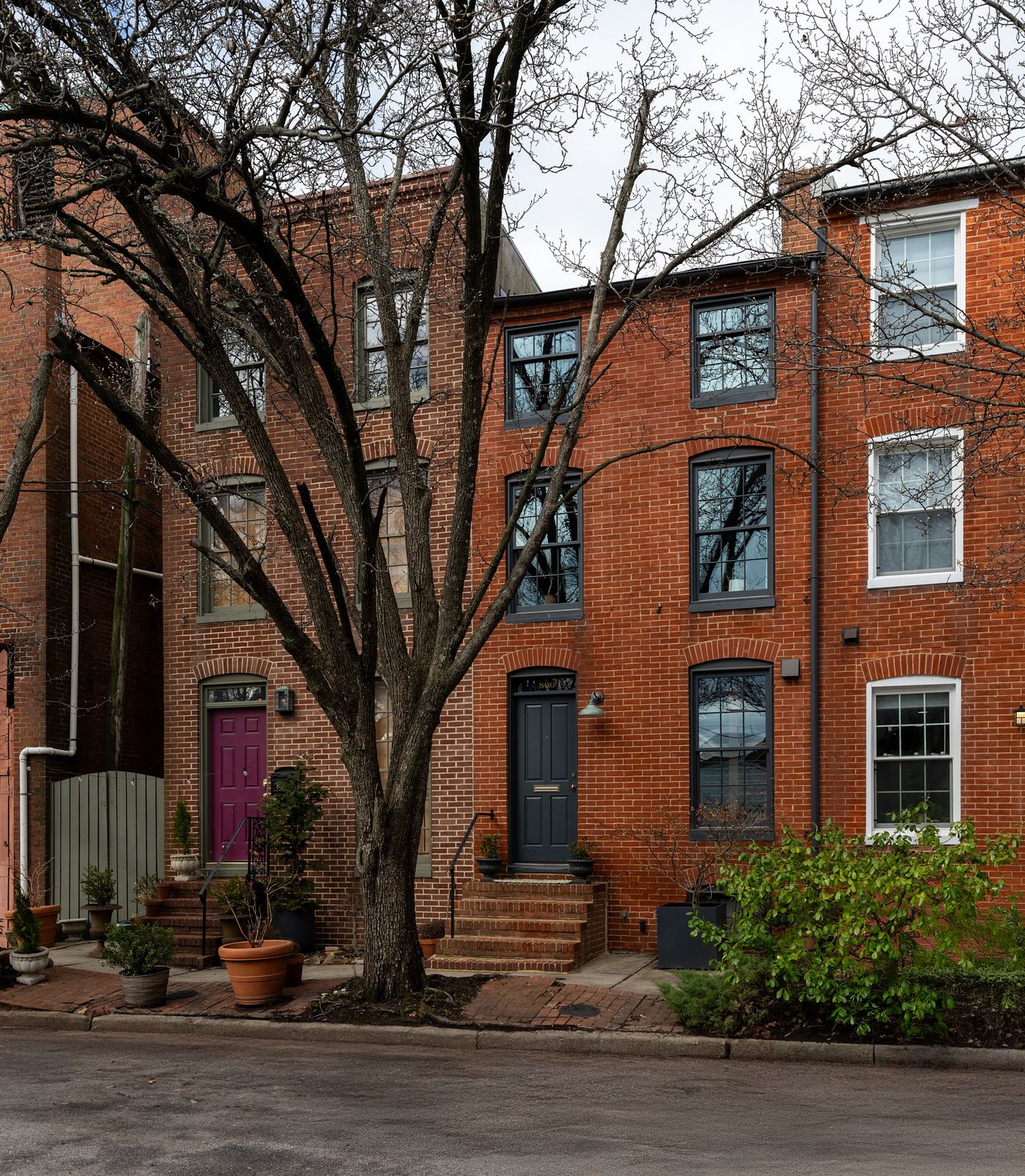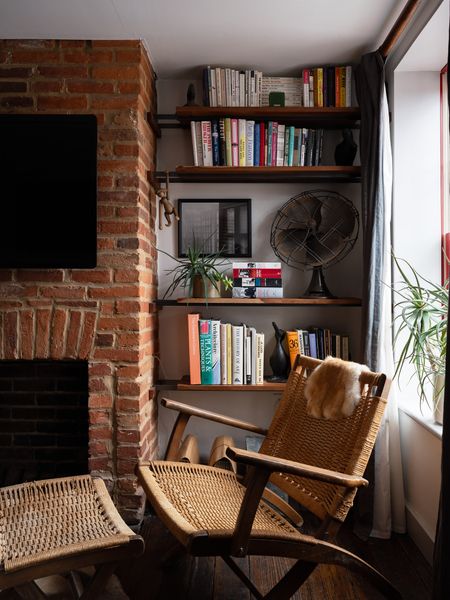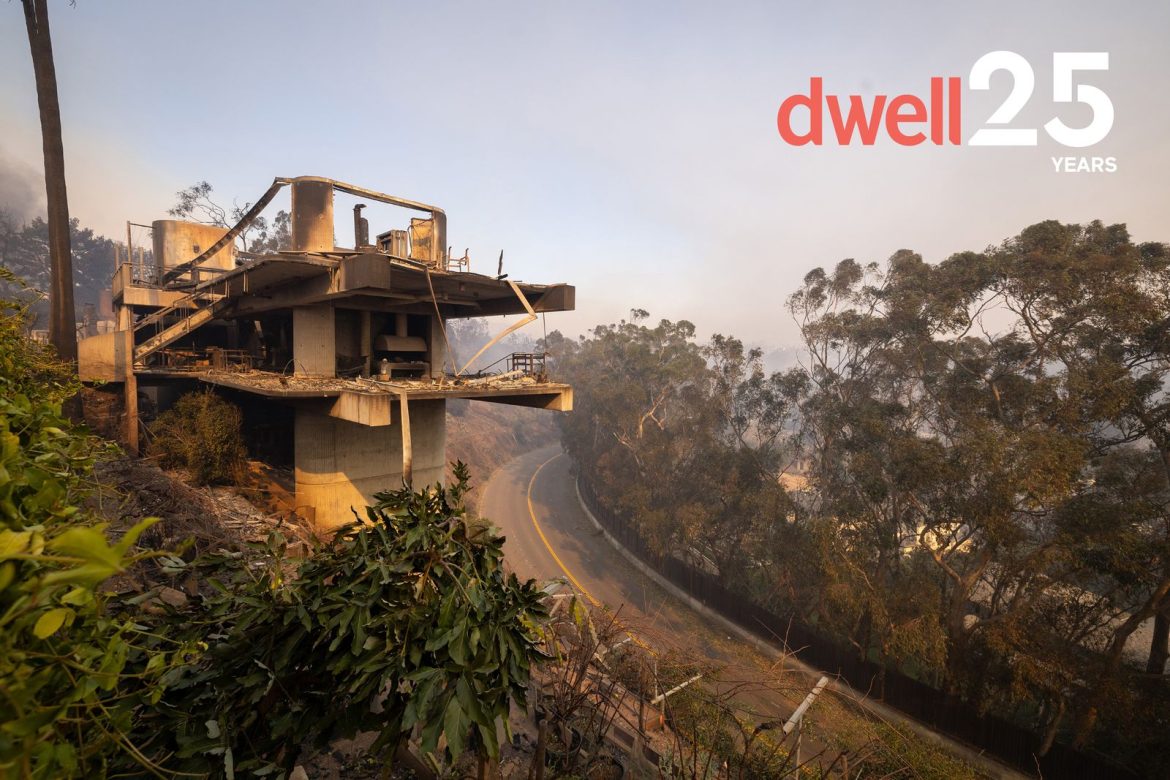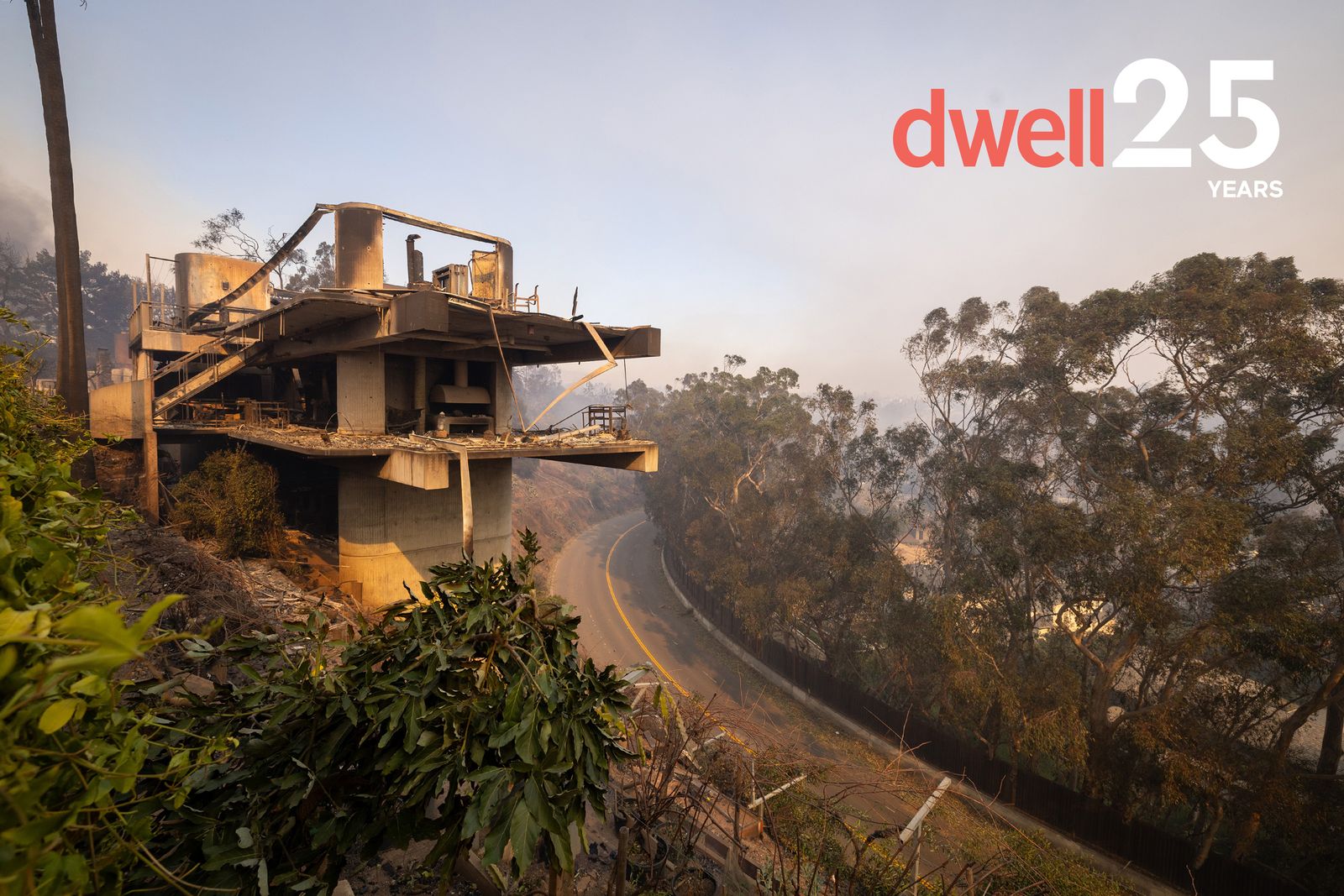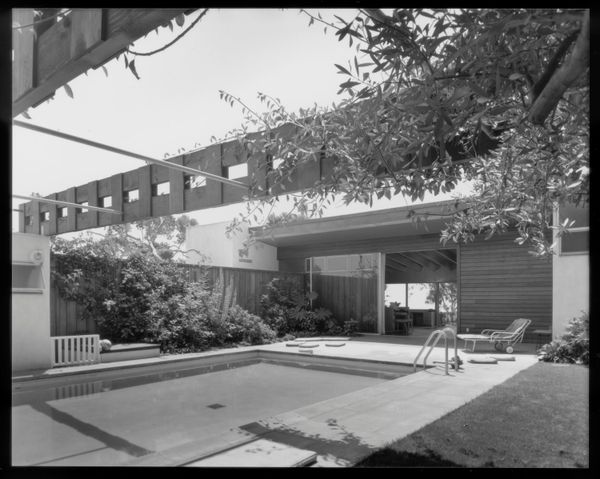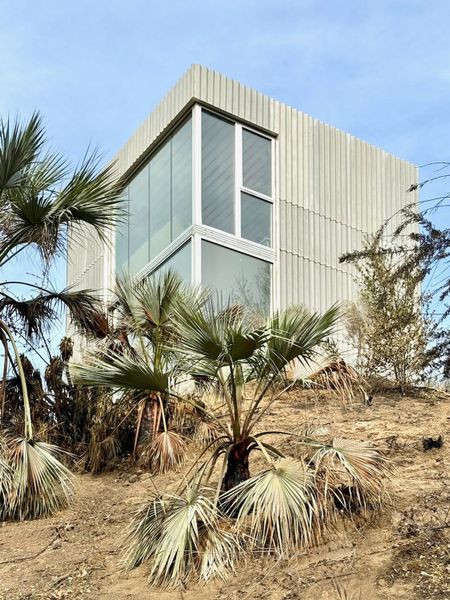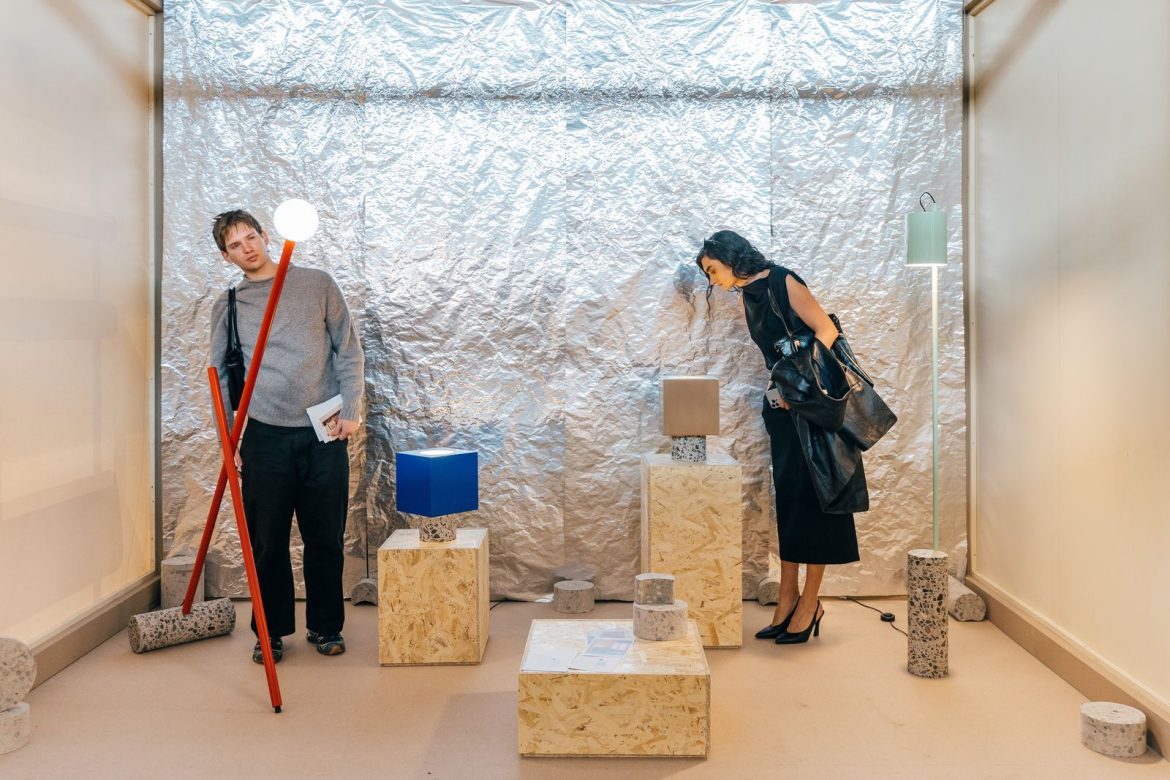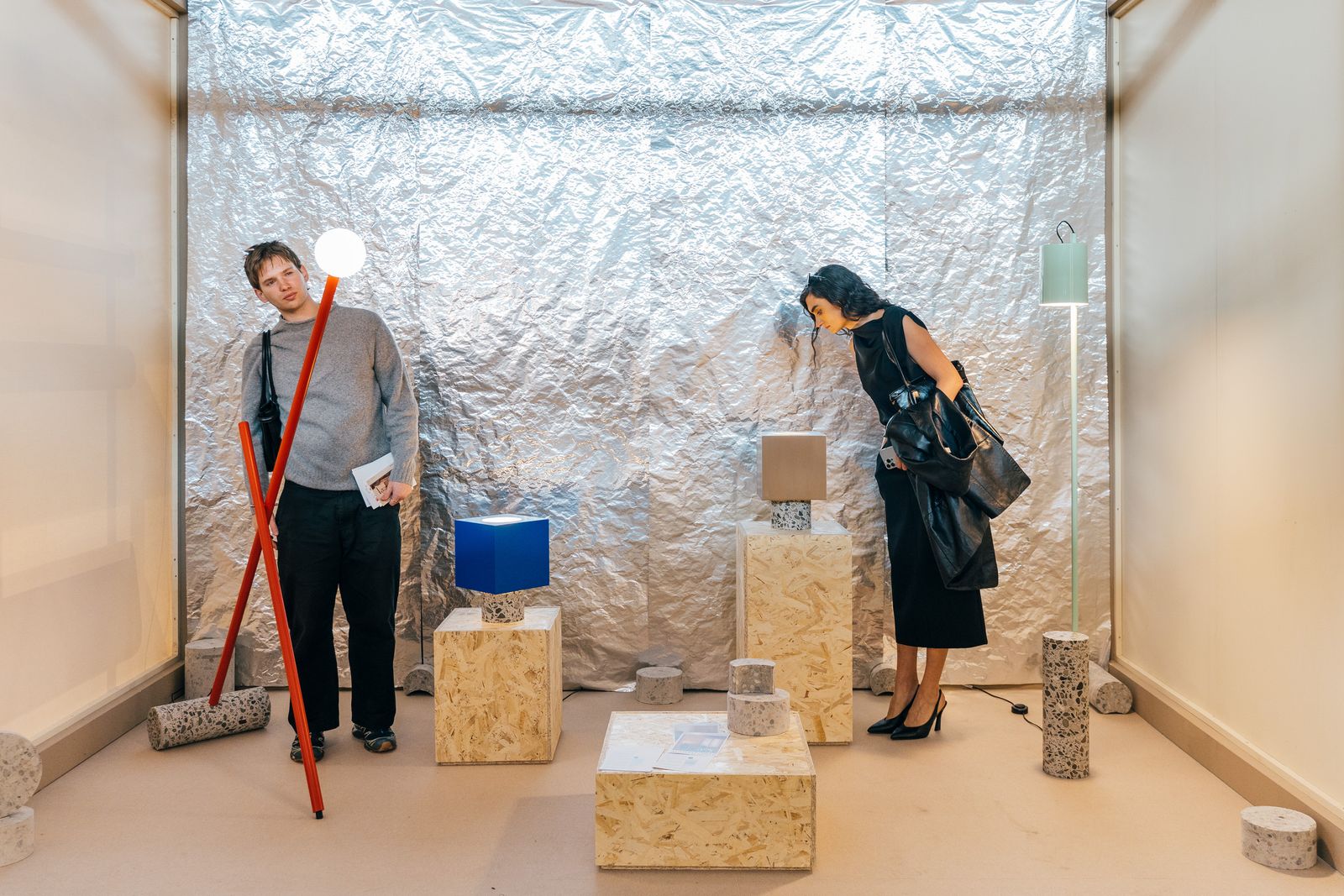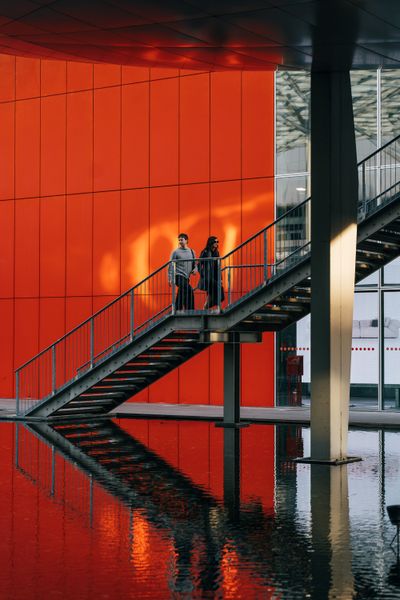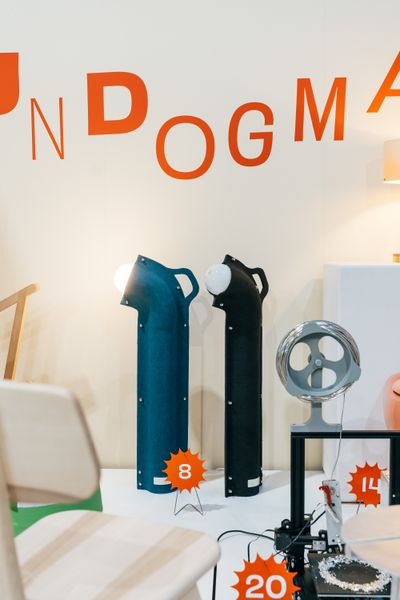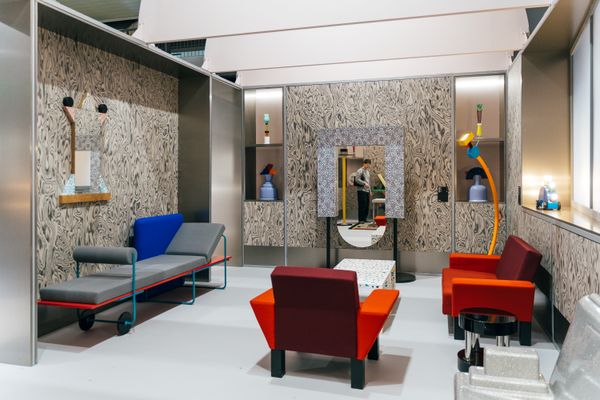California’s particular brand of indoor/outdoor living has captured our imagination for more than 50 years. But can the envious design style adapt to today’s climate?
This story is part of Dwell’s yearlong 25th-anniversary celebration of the people, places, and ideas we’ve championed over the years.
When my wife and I stepped out the front door of our Altadena home on the afternoon of January 7th, we left carrying a suitcase with just enough for a weekend and a cat carrier with two kittens crying in harmony. We slipped away during a lull in the windy weather, a calm before the firestorm, with the expectation we’d be back home after a precautionary overnight stay at a hotel.
That would turn out to be the last time we would sleep in our own bed in 2025 so far.
Over 16,000 Los Angeles homes, commercial properties, and other third spaces in Altadena, Pasadena, and the Pacific Palisades would eventually succumb to one of the nation’s most destructive and costly disasters. The Keeler House by Ray Kappe, the Andrew McNally House, the Benedict and Nancy Freedman House by Richard Neutra and the Robert Bridges House all too would be lost. Of the 28 Gregory Ain designed Park Planned Homes in my own city of Altadena, only seven of the “miniature estates” survived the Eaton Fire. The destruction of midcentury-modern icons was unsurprisingly mourned—online, in print, and across social media—their historic reverence affording them celebrity that reaches beyond their physical footprints. And thousands of more modest homes in the same style were damaged or destroyed, many resembling my own single-story Altadena residence.
Our home was somehow spared, possibly because of the fire hardening measures I had invested in over the last few years. After learning the most common source of ignition during an urban wildfire is embers entering into the attic, I replaced the original midcentury open mesh vents for triple layered ember-resistant models all along the eaves and gables; I culled back plantings immediately around the house, trimmed back overhanging trees, and leaned into hardscaping as an aesthetic feature as much as a function in the form of a Japanese style dry garden.
More likely, we were just lucky. The flames licked so close to our home, we’d return to discover a local fire brigade had dug into our backyard to create a fireline to mount one of the last defenses before a beneficial turn of the weather. The confluence of wind, embers and fire is as fickle as it is ferocious, as revealed by the numerous random homes left standing among the smoldering landscape. Our street was somehow left intact; We were the last line of homes in a neighborhood called The Meadows, situated on a ridge overlooking the last western canyon that burned, decimating around 50 homes.
Built in 1962 in Altadena, a neighborhood known for its proximity to some of the most popular Southern California hiking trails, a vibrant Black American community and its quiet popularity among creatives, our home was designed by industrial designer Niels Diffrient (with the aid of architect Frank Thometz) for his family of four. The 1,600-square-foot, single-story residence is complemented by an additional 400-square-foot detached structure, originally the designer’s studio. The house exhibits none of the bold experimentalism of a Neutra or spatial intricacies of Kappe’s designs, but instead, reflect the sensibility of someone who had a budget and a lively household with two children.
But our home does share a philosophical through line with other midcentury gems of the period, with the outdoors seen as an extension of our living space. There is a serene courtyard accessible from our primary bedroom; judicious glazing throughout that inspires the gaze outward; anachronistic details, like an inglenook, that impart a welcoming warmth; and a backyard overlooking Millard Canyon that often brings both hands to the hips in appreciation.
Midcentury homes like ours were conceived and constructed at the apex of American optimism during a robust postwar economy. Undeveloped plots across the Los Angeles foothills were often sold for a lark. Architects versed in new materials like steel, concrete, insulated glass, and technologies such as prefabrication gravitated to California to take advantage of the views and region’s amicable climate. The result: a lifestyle unhindered by walls or weather.
Yet, today, midcentury homes are prone to higher risk of fire because of the very features that make them so beloved: open eaves, exposed and extended rafters, floor-to-ceiling windows, landscaping inviting trees and shrubs near or literally into the home, and, oftentimes, their proximity to a wildland-urban interface. A study published in the International Journal of Wildland Fire investigating the behavior of windblown embers found “if embers strike a building and become contained in recirculation…[over time] any combustible material near accumulated embers can potentially ignite.” (While reading the findings, I kept thinking about how quickly pine needles and oak leaves accumulate within our covered courtyard entryway during windy days).
But John Chan of Formation Association does not believe we need to relinquish midcentury architecture’s interconnection to accept the increasing threat of fire as a reality. Chan’s practice is currently working on four residential projects in Altadena: three new homes for Los Angeles artists who’ve lost everything, and another fire-damaged remodel for a Los Angeles Philharmonic musician.
“The continuity between interior space and the exterior environment need not be relinquished,” says Chan. “While fire hardening is essential, I think the ideas of defensible perimeters—a buffer between your home and the surrounding area to protect against fire—can create new opportunities. We are living in a fire-dependent landscape after all.”
This opinion is shared by longtime U.S. Forest Service fire research scientist Jack Cohen, who believes the wildland-urban interface is an outdated concept and “not relevant to the physics of what is actually happening.” As laid out by Cohen’s paper “The Wildland Urban Interface Problem,” the scientist calls for change in our perspective and approach to wildland-urban fires, moving away from attempts to control the surrounding landscape with forest management, controlled burns, and removing brush. He says we should focus on what we can control: home ignition. “We aren’t going to get rid of wildfires, nor do we want to.”
—
Midcentury architecture preservationists normally combating destruction or alteration at the hand of developers, speculators, and home buyers now face something much larger and more amorphous. Cory Buckner’s portfolio restoring midcentury homes across Los Angeles—like the 1959 A. Quincy Jones Beverly Hills property—makes the architect particularly qualified to untangle the intricacies of yesterday’s designs in response to today’s lifestyles. Even more so, when considering Buckner’s own history with fire, first losing a Malibu home to fire in 1993, then a fire-hardened house constructed with flame- and ember-resistant building materials during 2018’s Woolsey Fire.
“A problem with the older midcentury houses is that they are single glazed,” notes Buckner, when I ask her about weak points in midcentury designs. “The heat from a fire can easily crack this glass and enter a house.”
Buckner recommends replacing any original window with double glazing or even newer hyper-efficient windows; the outer layer of glass may crack but the inner layer usually remains intact. Fire rated screens or shutters are also effective protective upgrades for older homes. But changing out midcentury doors and windows comes at the price of an authentic aesthetic. “The double-glazed frames are much wider than the stops used for single glazing,” she says. “The beauty of these delicate structures is seriously compromised with such an effort.”
Even with new windows, orientation must be considered. “When we built the second house, we made absolutely sure that there was nothing an ember could penetrate from the side wildfire was likely to approach from,” Buckner recollects of the Woolsey Fire. Even after screwing every window shut along the north side of her house ahead of the arrival of the blaze, fire’s unpredictable nature would foil her precautionary measures. “Unfortunately, on that occasion, the fire came from the south.”
It’s not just about the house itself, but the landscaping in and around it. Erik Blank, the Theodore Payne Foundation’s horticultural educator who leads the organization’s Landscaping for Wildfire Resilience course (which I’ve taken), notes native oak trees and toyon are not only evolved to be fire resistant, they’re capable of snuffing out embers thanks to thick and waxy leaves, evidenced by the noticeable amount of mature oak trees still standing after the Eaton Fire.
Fire experts advise setting a five-foot noncombustible zone around the house to prevent embers from entering underneath eaves or from across branches hanging over the roofline. By maintaining a 100- to 200-foot radius clearing of hazardous plantings, Buckner says a residence designed to commune with nature can survive a brush fire. This may all seem counterintuitive to popular perception of the midcentury dynamic and aesthetic, but a growing number of landscape designers like Terremoto are striking a balance between fire-smart hardscaping that retains the presence and proximity of nature essential to the mid-mod vibe.
Looking ahead at days to come, burned homes in Altadena and Palisades are predestined to be rebuilt. The land is too valuable and housing demand too high. Extensive remediation and repair will be required to revive the homes to habitable conditions. In several Facebook groups, residents who lost their homes have shared plans to rebuild with a midcentury ethos, while insisting on modern energy efficiencies and fire hardened properties, including Taalman Architecture’s IT House system.
Conceived well before both the Eaton and Palisades Fires, the IT House is designed as a versatile and scalable housing system “adaptable to any site—anywhere” according to its designer, Linda Taalman. The simple open-frame structure design shares many features associated with midcentury homes, including indoor/outdoor living and silhouettes evocative of the era; it was conceived as an adaptive response to different sites and needs, making it attractive to those seeking an expedited rebuild.
“The difference between IT House and a home originally from the midcentury-modern era is that our design is as much about the systems as it is about the living qualities of the spaces,” says Taalman. Metal roofing, fiber cement cladding, and Class A fire-rated materials address fire hardiness, with highly insulated solid roofs and floors, passive orientation, heat pumps with ductless systems, and radiant heating upping the home’s energy efficiency ratings.
“We need houses that are going to withstand the climate reality we are in while also using less energy to construct and maintain each home,” says Taalman. “Almost everyone wants a space with lots of openness and light and a garden or view. What is different is that we can now mediate our relationship with the environment with technological strategies to mitigate the dynamic forces of the elements.”
A Taalman Architecture guesthouse that survived the Altadena fires.
Photo by Jesse Gillan, Courtesy Taalman Architecture
Chan notes the architectural practice has always responded sensibly to fire, but witnessing the scale and intensity of the Eaton and Palisades Fires, a reorientation and conscious coordination between traditionally siloed disciplines is essential. “I’m increasingly of the belief we need to frame collective and broader ideas of projects at the community level, as opposed to limiting creative intelligence to single family residences,” says Chan.
Our home in Altadena survived with smoke contamination, but without the dream—the neighborhood—it once offered. Imagining our street, with homes singed but intact, it’s clear rugged individualism will not suffice. As fires today burn hotter and longer than ever before, the blaze leapt from house to house in minutes, consuming even those built with materials impervious to embers. By reducing ignition points around your home, in turn, you protect your neighbors. And vice versa.
Or as Frank Lloyd Wright, whose organic architecture heavily influenced the midcentury-modernist movement, maintained: “No house should ever be on a hill…. It should be of the hill. Belonging to it. Hill and house should live together, each the happier for the other.”
Top photo of the Bridges House, destroyed by the Palisades Fire earlier this year, by Brian van der Brug/Los Angeles Times/Getty Images.
Related Reading:
Is GoFundMe the New Insurance?
What We’re Watching Burn
